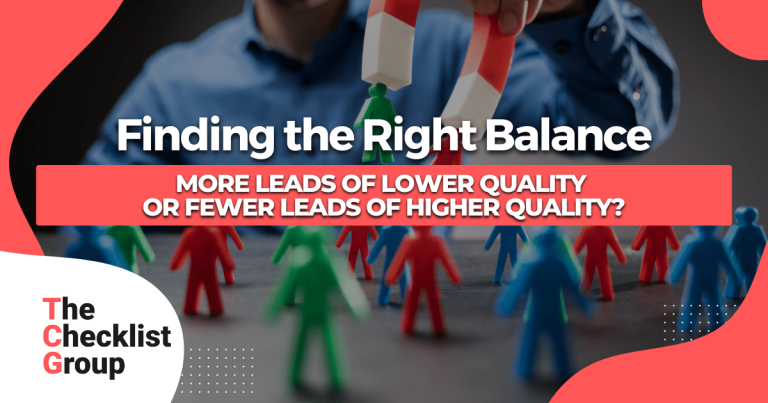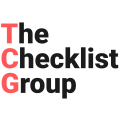Finding the Right Balance: More Leads of Lower Quality or Fewer Leads of Higher Quality on Facebook?
When it comes to lead generation, businesses often face the dilemma of choosing between a high volume of low-quality leads or a smaller number of high-quality leads. Both approaches have their advantages and disadvantages. Here’s a breakdown of the benefits of each:
Understanding Lead Quality
Before delving into the comparison, it’s vital to establish what constitutes lead quality:
High-Quality Leads: These prospects exhibit genuine interest in your product or service, displaying a higher likelihood of conversion and often boasting a higher lifetime value.
Low-Quality Leads: While showing some level of interest, these leads are less predisposed to convert into paying customers, demanding more effort and resources to nurture effectively.

Benefits of Low-Quality Leads in High Volume:
Higher Engagement Opportunities:
More leads mean more chances to engage and convert. Even if the quality is lower, the sheer volume can still result in conversions.
Brand Awareness:
A larger pool of leads increases your brand’s exposure. This can be particularly beneficial for new businesses looking to establish their presence in the market.
Data Collection:
High-volume leads provide more data, which can be valuable for refining marketing strategies, understanding customer preferences, and improving targeting.
Potential for Referrals:
Even if the initial lead doesn’t convert, they may refer your business to others who might be more interested or qualified.
Learning and Adaptation:
Managing a high volume of leads helps your sales team gain experience and improve their skills in handling various customer queries and objections.
Benefits of High-Quality Leads in Low Volume:
Higher Conversion Rates:
High-quality leads are more likely to convert, providing a better return on investment (ROI) for your marketing efforts.
Cost Efficiency:
Although acquiring high-quality leads can be more expensive, the higher conversion rates often justify the cost, leading to more efficient use of marketing budgets.
Better Customer Relationships:
With fewer, but more interested leads, your sales team can dedicate more time to nurturing each lead, leading to stronger customer relationships and loyalty.
Reduced Sales Cycle:
High-quality leads typically have a higher intent to purchase, which can shorten the sales cycle and lead to quicker revenue generation.
Higher Lifetime Value:
Customers acquired through high-quality leads often have a higher lifetime value, contributing more to your business over time.
Different Types of Lead Generation on Facebook:
Lead Ads:
These are forms that potential customers can fill out directly on Facebook. They are great for capturing high volumes of leads, but the quality can vary.
Click-to-Website Ads:
These ads drive traffic to a landing page on your website, where you can capture leads through more detailed forms. This method tends to generate higher quality leads since users are making an additional step to engage.
Engagement Ads:
Designed to promote interaction with your content (likes, shares, comments). These can help identify engaged and interested prospects but might not always result in immediate leads.
Retargeting Ads:
These target users who have previously interacted with your business. Retargeting can increase the quality of leads by focusing on those already familiar with your brand.
Offer Ads:
Promote special offers or discounts. These ads can attract a large number of leads, especially those looking for deals, but the quality can vary depending on the offer’s attractiveness.
We also find that the creatives play a big factor in quality, and copy creation. It is important to be ethical and straight to the point with no false advertisement claims, but also using your brand to pre qualify the lead, and understand what they are opting in for.
Lately we have been seeing many ads which are text based with 0 branding or education. Yes although it creates volume, quality is very poor.
Conclusion:
The choice between low-quality high-volume leads and high-quality low-volume leads depends on your business goals, resources, and the nature of your product or service. For brand awareness and data collection, high-volume leads can be beneficial. For efficient resource use, better customer relationships, and higher conversion rates, focusing on high-quality leads is advantageous. Balancing both approaches, perhaps by starting with high-volume leads and then refining strategies to focus on quality, can often yield the best results.
